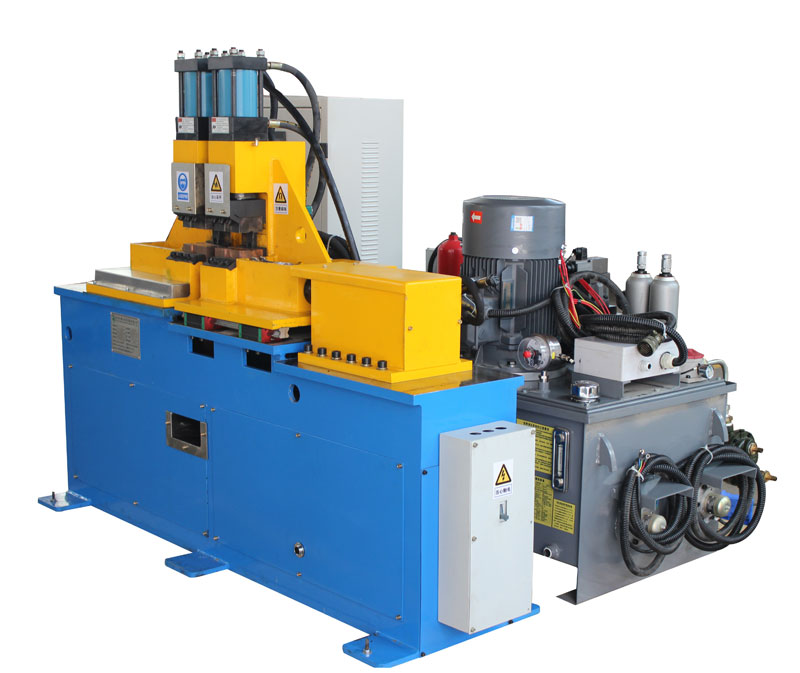Maintenance Standards for Butt Welding Machines
Regular and proper maintenance is crucial for ensuring the longevity, reliability, and optimal performance of butt welding machines. Adhering to maintenance standards is essential for welders and professionals to prevent breakdowns, minimize downtime, and achieve consistent weld quality. This article explores the significance of adhering to maintenance standards and outlines essential practices for maintaining butt welding machines.
Maintenance Standards for Butt Welding Machines:
- Cleaning and Lubrication: Regular cleaning of the welding machine, including electrodes, clamps, and cooling systems, is vital to remove debris, dirt, and spatter buildup. Lubrication of moving parts ensures smooth operation and prevents premature wear.
- Electrode Inspection and Replacement: Inspecting welding electrodes regularly helps identify signs of wear, damage, or deformation. Worn or damaged electrodes should be promptly replaced to maintain efficient and reliable welding performance.
- Cooling System Maintenance: Efficient cooling systems are critical for managing electrode temperature and preventing overheating. Regularly inspecting and cleaning cooling components, such as water pipes and radiators, ensures optimal cooling performance.
- Calibration and Adjustment: Periodic calibration and adjustment of welding parameters, such as welding current and time, are necessary to ensure consistent weld quality. Calibration ensures accurate readings and precise control during welding operations.
- Fixture Alignment and Condition: Proper fixture alignment and condition are essential for accurate positioning and fit-up of workpieces. Regularly inspecting and maintaining fixtures helps avoid misalignment issues during welding.
- Electrical System Check: Inspecting the electrical system, including cables, connectors, and power supply, helps detect potential issues that may affect welding performance. Addressing electrical problems promptly prevents disruptions during welding operations.
- Welding Machine Housing and Insulation: Checking the welding machine’s housing and insulation ensures that the equipment is adequately protected from environmental elements and electrical hazards.
- Safety System Verification: Verifying the functionality of safety systems, such as emergency stop buttons and protective shielding, is crucial for ensuring the safety of operators and welders during welding operations.
In conclusion, adhering to maintenance standards is essential for the proper upkeep and reliable performance of butt welding machines. Regular cleaning, lubrication, electrode inspection, cooling system maintenance, calibration, and fixture alignment are vital practices for ensuring consistent weld quality and minimizing downtime. Monitoring the electrical system and verifying safety systems contribute to a safe and efficient welding environment. Emphasizing the significance of maintenance standards supports advancements in welding technology, promoting excellence in metal joining across diverse industrial applications. By following these guidelines, welders and professionals can optimize welding processes, prolong equipment life, and meet industry standards.
